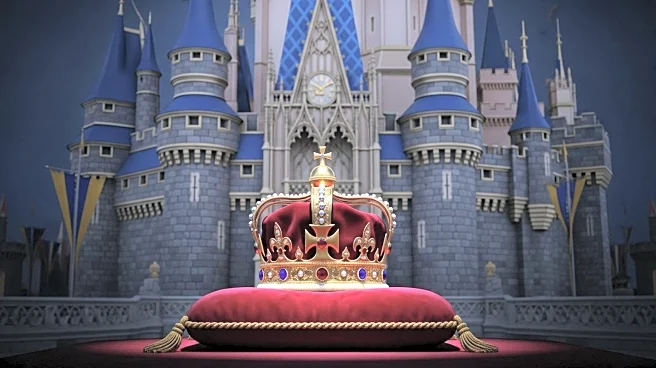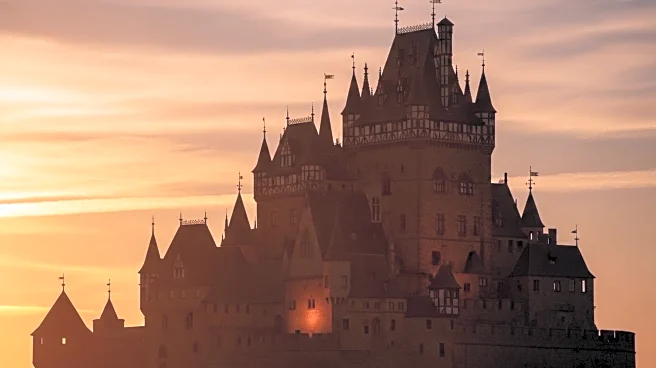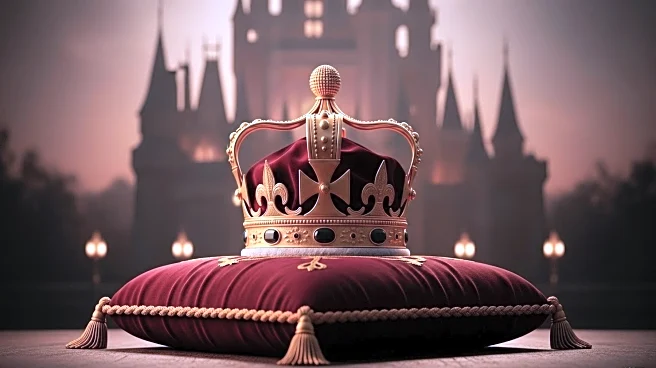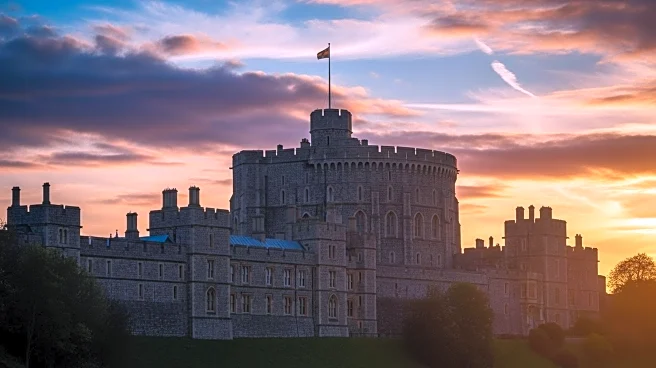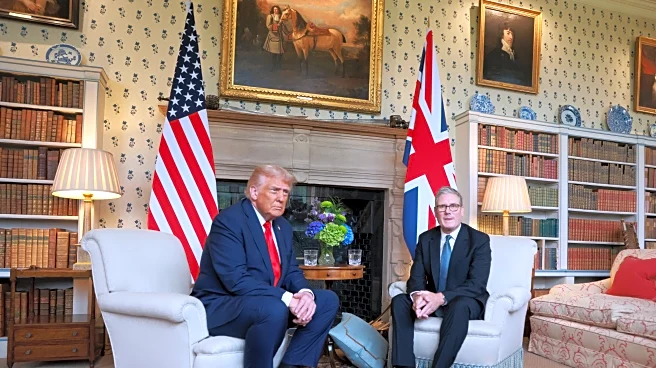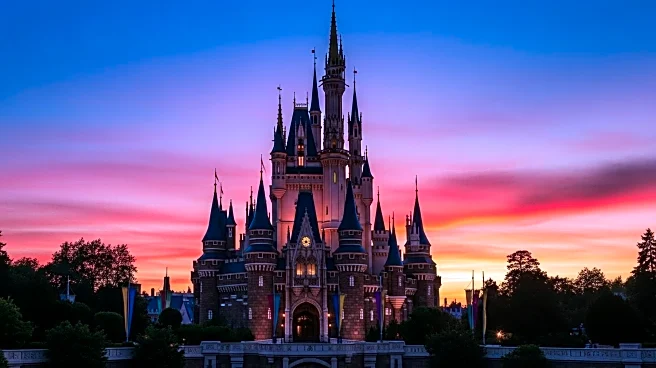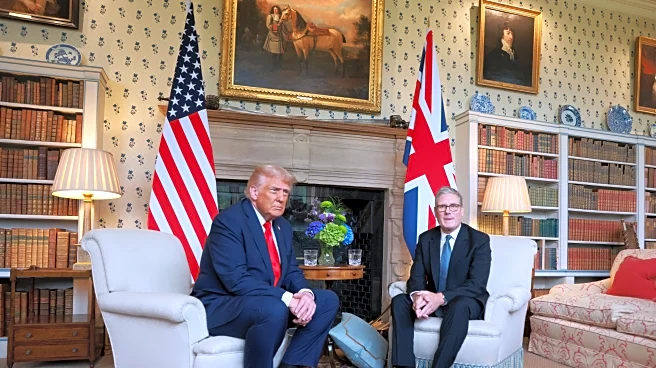Windsor Castle stands as a testament to the enduring legacy of the British monarchy, serving as a royal residence for centuries. Built in the 11th century by William the Conqueror, it has been a symbol of power and continuity. The castle's history is marked by its role as a military headquarters during the English Civil War and its reconstruction after a devastating fire in 1992. Today, it remains one of the principal official residences of the British monarch, alongside Buckingham Palace and Holyrood Palace.
Scope of Legacy
Windsor Castle's legacy is vast, encompassing its architectural evolution and its role in British history. Originally constructed as a motte-and-bailey castle, it has undergone numerous expansions and renovations, reflecting the changing needs and tastes of its royal inhabitants. Its strategic location over the River Thames has made it a key defensive site throughout history.
Pivotal Contributions
The castle has contributed significantly to the cultural and political landscape of England. As a royal residence, it has hosted numerous state events and ceremonies, reinforcing the monarchy's presence and influence. Its use as a military headquarters during the English Civil War highlights its strategic importance.
Enduring Influence
Windsor Castle's influence extends beyond its physical presence. It has inspired the name of the House of Windsor, the current reigning house of the United Kingdom, established by King George V in 1917. The castle's historical significance continues to attract visitors from around the world.
U.S. Relevance
For U.S. audiences, Windsor Castle represents a connection to British history and the monarchy. Its long-standing role as a royal residence offers insights into the traditions and continuity of the British royal family, which have been subjects of fascination and interest in American culture.
 Discover Daily • 8 min read
Discover Daily • 8 min read 